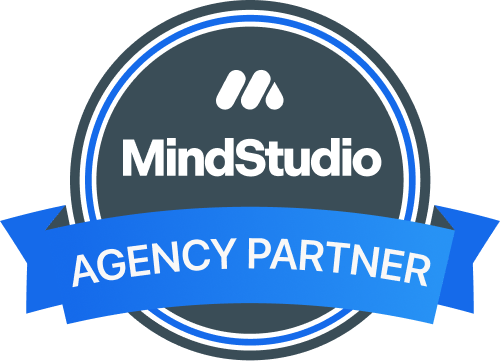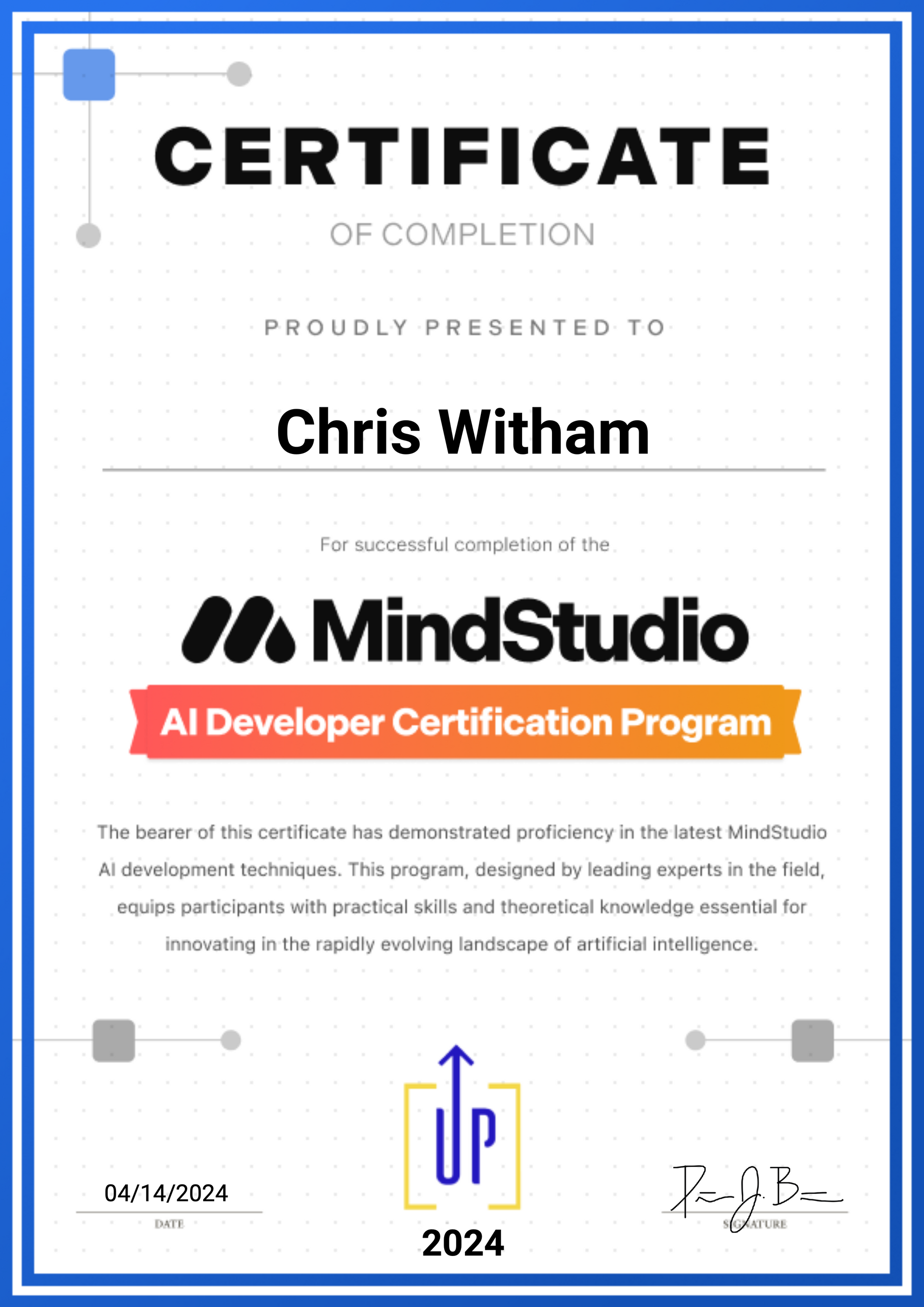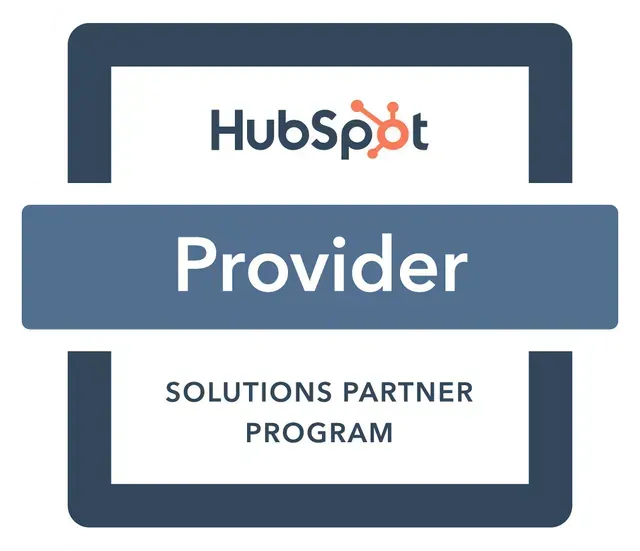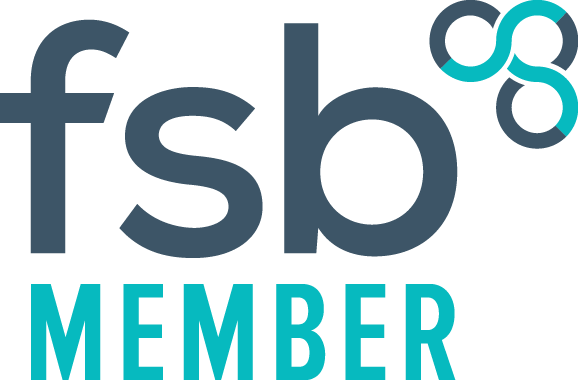Have questions? Contact Chris today for a chat about how we can help you
AI for Breakfast
Post 17 –
Leveraging AI for SME agility:
Outpacing the giants in the digital race
In today’s fast-paced digital world, small and medium-sized enterprises (SMEs) are often seen as underdogs when pitted against larger corporations. But what if I told you that the advent of artificial intelligence (AI) offers a unique advantage to these nimble entities, enabling them to outpace their mammoth competitors? It’s all about agility, adaptability, and the strategic implementation of AI. In this article, we’ll explore how SMEs can leverage AI to their advantage, bypassing the lengthy processes that large corporations must endure before adopting new technologies.
1. Generative AI policies: The SME advantage
For large corporations, the adoption of generative AI technologies comes with a substantial prerequisite: developing and implementing comprehensive AI policies. These policies guide usage, ensure compliance with regulations, and mitigate ethical concerns. The process of crafting these policies is often lengthy and complex, requiring input from multiple departments and stakeholders.
SMEs, on the other hand, can adopt a more agile approach. With smaller teams and less bureaucratic red tape, SMEs can quickly establish practical AI usage policies that are both effective and flexible. This agility allows them to incorporate AI into their operations swiftly, gaining a competitive edge by enhancing productivity, creativity, and innovation.
2. AI education and onboarding: Keeping it lean and efficient
Education is critical when adopting any new technology, and AI is no exception. Large corporations typically invest in extensive AI education programs to bring their staff up to speed, involving significant resources and time.
SMEs have the luxury of executing more focused and efficient training programs. By concentrating on the specific AI tools and applications most relevant to their operations, SMEs can ensure that their teams are quickly educated and ready to leverage AI technology effectively. This lean approach to learning and onboarding not only saves time but also allows SMEs to begin reaping the benefits of AI more rapidly.
3. The AI Operations position: Flexibility and direct oversight
The implementation of AI requires careful oversight, including the rollout and ongoing management of AI technologies. In large corporations, this often means hiring or designating individuals for specialised AI operations roles, adding layers to the decision-making process and slowing down implementation.
SMEs, with their flatter organisational structures, can assign AI oversight roles more flexibly. Whether it's the business owner or a tech-savvy team member taking the helm, the person in charge can directly manage the AI integration process, ensuring that it aligns closely with the business’s needs and goals. This direct oversight enables quicker adjustments and more personalised training, further enhancing the SME’s ability to implement AI efficiently.
Conclusion
As we delve into the era of artificial intelligence, it's clear that SMEs hold a distinct advantage in their ability to be agile and adaptive.
By efficiently navigating the areas of AI policy development, education, and oversight, small and medium-sized businesses can outmanoeuvre larger corporations, harnessing the power of AI to innovate, optimise operations, and compete at a level that was previously unthinkable. In the digital race, it's not the size that matters, but the ability to adapt and innovate quickly.
In Summary:
- Generative AI Policies: SMEs can quickly establish and adapt AI policies, enabling faster adoption and innovation.
- AI Education and Onboarding: Focused, efficient training programs allow SMEs to quickly leverage AI, bypassing the extensive education programs larger corporations require.
- The AI Ops Role: With flatter structures, SMEs benefit from direct oversight of AI integration, ensuring agility and a personalised approach to technology adoption.
LucidSynergy Ltd.,
7 Forbes Business Centre
Kempson Way
Bury St Edmunds
Suffolk
IP32 7AR
Occasional Newsletters
We will get back to you as soon as possible
Please try again later
© 2025 LucidSynergy Ltd. Registered in England and Wales No.7080913.








